In the frosty winter of 1997, a single, unassuming wolf ventured across an ephemeral ice bridge, connecting Canada to the secluded Isle Royale in Lake Superior, Michigan. This island, prized for its vast biodiversity, was about to witness a turn of fortune.
A recent study published in Science Advances reveals how this lone wolf’s arrival invigorated the waning wolf community of Isle Royale, previously beleaguered by disease and genetic stagnation. The revitalized pack, in turn, dramatically enhanced the overall health and vitality of the island’s forest ecosystem.
Sarah Hoy, an ecologist from Michigan Technological University and the study’s lead author, stated to AFP, “While we’re always concerned about issues like inbreeding and low genetic diversity, this study underscores a critical realization. Genetic challenges don’t just jeopardize the individual species; they ripple throughout the ecosystem, influencing numerous other species.”
A Legacy Named "The Old Gray Guy"
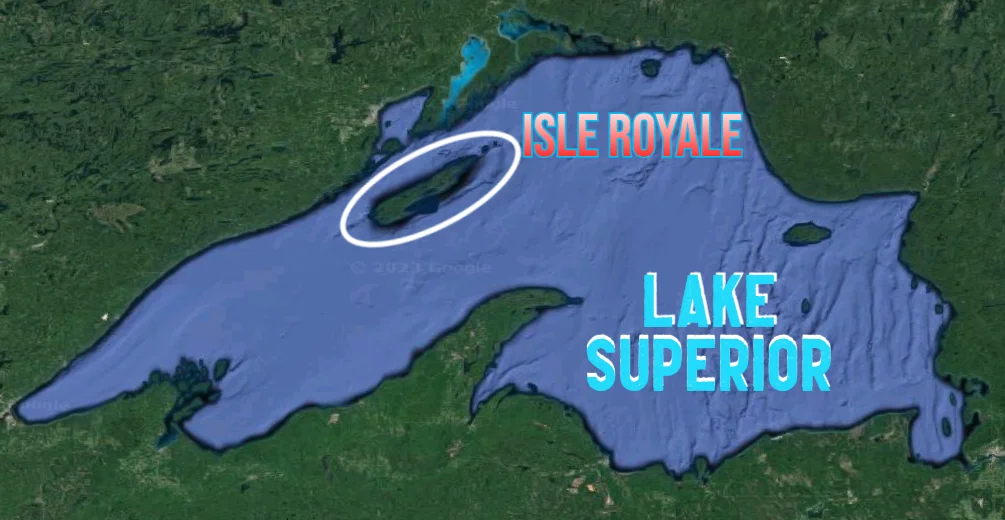
It was back in the late 1940s when wolves first settled on Isle Royale, hunting the robust moose population. This dynamic evolved into the world’s longest ongoing research on predator-prey relationships. However, by the 1980s, the wolves were struggling. A devastating blow was dealt by the canine parvovirus, plummeting their numbers from a thriving 50 to a mere dozen.
Although the virus eventually waned, the wolf population remained stagnant. The culprit: intense inbreeding, resulting in reduced birth rates and serious health concerns like spinal deformities.
Hoy elaborated, “For a wild wolf, taking on formidable prey like a moose is challenging. Add in health complications, and survival becomes even grimmer.”
Enter our hero, a wolf recognized as “M93” by researchers but fondly christened “The Old Gray Guy.” Distinct from the Isle Royale inhabitants, M93 boasted not only a unique gene pool but also an impressive stature, making him adept at defending territories and hunting.
Assuming the alpha role in one of the island’s wolf packs, M93 fathered an impressive 34 pups. His contribution not only rejuvenated the genetic vigor of the wolf population but also enhanced their proficiency in hunting.

Ecosystem Equilibrium Restored
Moose, known for their insatiable appetite for vegetation, can consume up to 30 pounds daily. The revitalized wolf population, by curtailing the moose numbers, resurrected the forest’s harmony. This was particularly evident in the burgeoning growth rates of balsam firs, a tree commonly associated with festive Christmas celebrations.
The rejuvenated forest then became a sanctuary for countless plant and animal species.
However, nature’s narrative took another twist. M93’s overwhelming genetic influence, after his death, led to the very problem he once solved: inbreeding.
By 2015, the wolf population was at its nadir, with just two interrelated wolves left.
Hope gleamed again in 2018 with the inception of a restoration initiative, leading to a balanced ecosystem today with approximately 30 wolves and just shy of a thousand moose cohabiting Isle Royale.
Highlighting the broader implications of this study, Hoy suggested that introducing a small number of individuals could potentially rejuvenate other endangered predator species grappling with inbreeding, like lions or cheetahs, restoring health to their habitats.
Endorsing the significance of this research, Professor William Ripple from Oregon State University, who was not involved in the study, commented to AFP, “This is a groundbreaking study. It sheds light on how genetic intricacies can dictate the ecological potency of a keystone species, like the gray wolf.”
Reviving Ecosystems With Genetic Interventions: How What We Learned Can Restore Nature's Balance
The Isle Royale story demonstrates the powerful influence of genetic diversity on ecosystems.
This principle could be applied to various scenarios around the world that would also benefit from introducing individuals from outside populations to enhance genetic diversity and ecosystem health.
And we’re not talking one or two isolated possibilities here! We sat down at Dakoa and brainstormed and here are the six we could come up with:
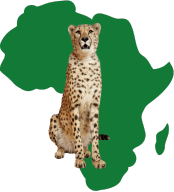
1. Cheetahs in African Reserves
Cheetah populations in some African reserves have shown signs of genetic bottlenecks due to isolated breeding. Introducing cheetahs from different regions can diversify the gene pool, increasing their survival rates and potentially affecting the populations of their prey and, in turn, the vegetation that these prey animals feed on.
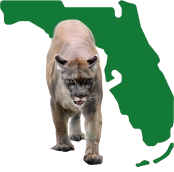
2. Florida Panthers in the U.S.
The Florida panther population once faced a dire genetic crisis, with inbreeding leading to heart defects, kinked tails, and cowlicks along their backs. Introducing panthers from Texas in the 1990s proved successful in boosting genetic health, which could be repeated if signs of genetic deterioration reappear.
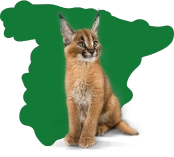
3. Iberian Lynxes in Spain
The Iberian lynx, native to the Iberian Peninsula, has been on the brink of extinction. Given their dwindling numbers, introducing lynxes from different habitats could revitalize their population and influence their prey, primarily rabbits, affecting vegetation and soil health.
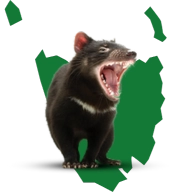
4. Tasmanian Devils on Tasmania Island
A contagious facial tumor disease has threatened the Tasmanian devil population. While efforts to breed disease-free populations have been underway, introducing individuals from distinct populations would further diversify the gene pool, balancing their prey dynamics and, consequently, the island's ecosystem. This is a perfect use-case for this tactic!

5. Asian Lions in the Gir Forest of India
This small lion population is isolated in a singular forest in India. While they have been thriving, the threat of a single disease or natural disaster could be catastrophic. Introducing lions from captivity or other regions, if available, could enhance genetic robustness and ensure the stability of the food chain in the Gir forest.
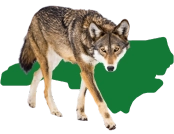
6. Red Wolves in North Carolina, U.S.
The red wolf population in the wild has been critically endangered for years. Introducing genetically diverse individuals could not only revive the red wolf population but also influence their prey dynamics, such as raccoons and rodents, potentially affecting local vegetation.
While the introduction strategy holds promise, it’s crucial to approach such efforts with careful planning, ensuring that the introduced individuals are disease-free and compatible with the existing ecosystem. Furthermore, the cultural and social implications of such introductions should be considered, ensuring local communities are informed and involved in the process.


















